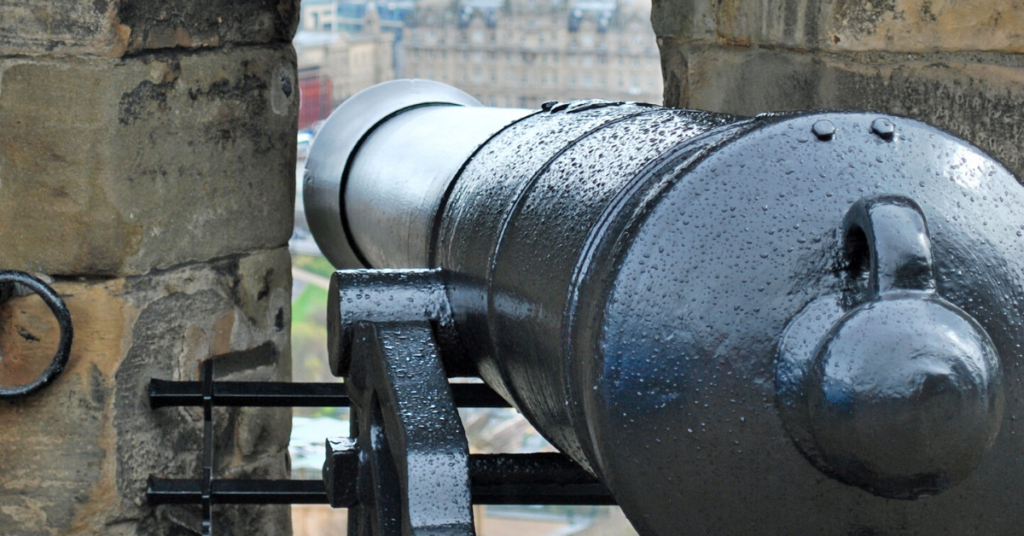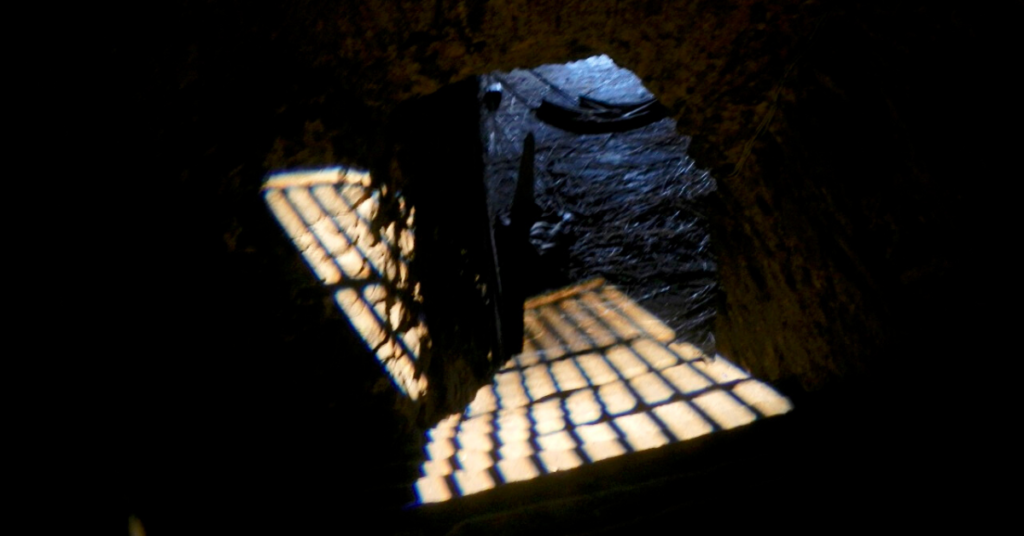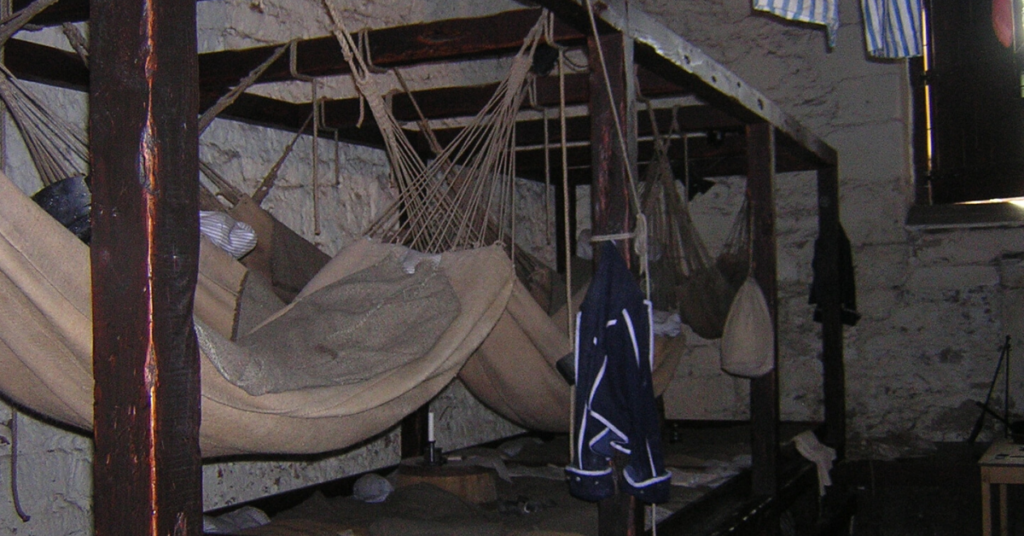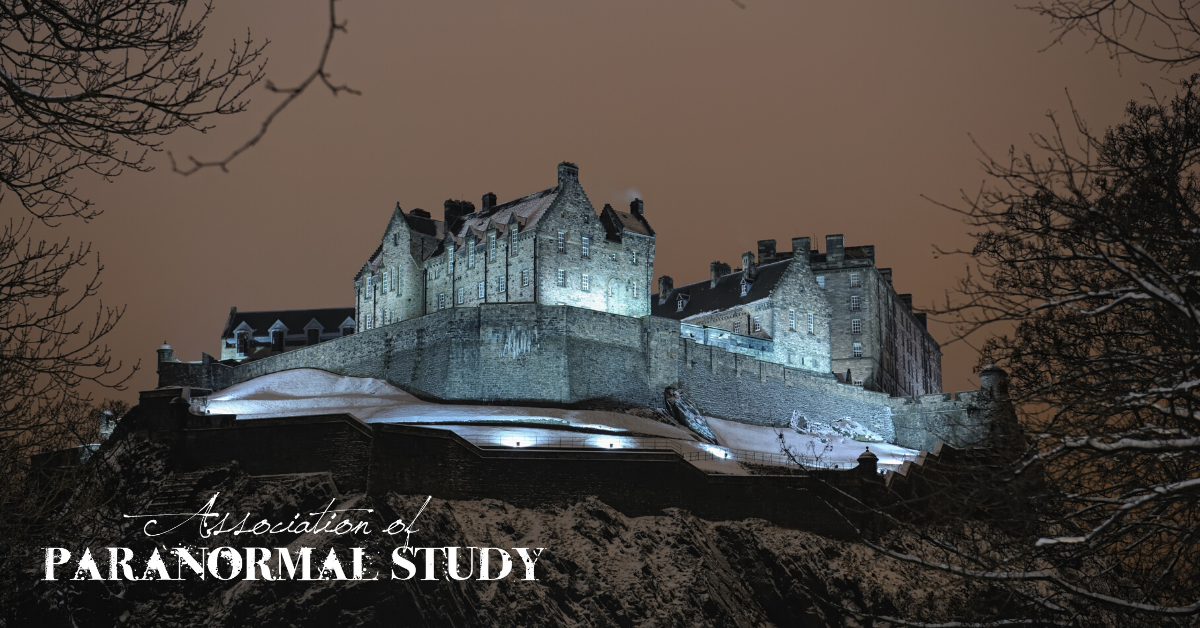We are drawn to haunted places because they possess something that is extraordinary; ghosts. Most of us are lucky enough to not have to deal with paranormal occurrences on a daily basis. This means that when one does have an encounter with something strange, it’s all the more terrifying, and yet, fascinating. Most of these haunted places have a lot of history behind them, one place is so old that it would be surprising if there wasn’t something strange lurking about; Edinburgh Castle.
The History

Edinburgh Castle is one of the oldest places in Europe and one of the most besieged places in Britain. Today, it is known as a military fortress. But its roots go pretty deep.
Researchers found that ancient man from the Iron Age (2nd century) occupied the rock that the castle sits on. While the history of the castle’s earliest settlements is a bit muddy, historians agree that some sort of castle has occupied the site since the reign of David I in the 12th century. It seemed to decline as a residential place after David I’s reign and turned into something more of military barracks by the 17th century.
Edinburgh Castle became the sight of death, surprise attacks, and was briefly captured by the English. As a prison, it held enemies of the crown, criminals, and political rivals. Today, St. Margaret’s Chapel is the only remaining building from the original 12th-century construction.
The Stories

Visitors to Edinburgh Castle’s dungeons and underground tunnels have reported hearing pained moans, heavy breathing, and rapping on the walls.
One of the most interesting, and perhaps grossest, stories was that of a prisoner that tried to escape Edinburgh Castle in a wheelbarrow full of manure, thinking he was going to escape and get dumped in a nearby farm. Unfortunately for him, the cart was dumped off the ledge of the west port side, and the prisoner fell to his death. Today, tourists will often complain of the smell of manure along with feeling like they’re being pushed off the ledge.
Yet, one of the most compelling stories is that of Lady Janet Douglas of Glamis, who was accused of witchcraft by James V of Scotland. She, her entire family, and their servants were arrested and held in the dungeon. Her family members and servants were tortured in order to get a confession against her. Lady Janet herself was kept in a dark room. Rumor has it that she was kept in there for so long that she went blind. All the while, she could hear the footsteps of workmen above her as they constructed the wooden platform where she would eventually be burned at the stake. (Historical records show she was indeed burned alive from that platform on July 17, 1537.)
It is believed that a lot of the paranormal activity taking place at Edinburgh Castle, especially the dungeon, is linked back to Lady Janet.
The Experiment

From April 6th-17th, 2001, a British psychologist by the name of Dr. Richard Wiseman of the University of Hertfordshire conducted one of the largest paranormal investigations in the world, with 9 team members and over 200 participants. This was all part of the Edinburgh International Science Festival. He screened hundreds of applicants for this experiment to make sure they didn’t already know the ghost stories or have awareness of the castle’s haunted past. Dr. Wiseman wanted to know where these stories came from and how they happened.
Other locations were part of the experiment such as Mary Kings Close and the underground vaults of the South Bridge.
Dr. Wiseman and his team measured air temperature, air movement, light levels outside the vaults, and magnetic fields.
For ten days, Dr. Wiseman and his team took the participants on tours in small groups through the vaults and tunnels around the castle. However, some of the activities that took place might remind someone of reality show challenges. Some participants were locked in vaults in the dungeon by themselves so that they could be observed without being influenced by others in the group.
Participants that were locked in the vaults by themselves reported several phenomena:
- hearing heavy breathing that seemed to get closer to them
- lights flashing
- voices
- burning sensations
- clothes being tugged
- shadowy figures
- the sensation of their faces being touched.
One group of participants all reported seeing the apparition of a man in old-fashioned clothing gliding slowly down one of the tunnels. The man was wearing a carpenter’s apron, which makes me wonder if it were a ghost… Was it one of the men that built Lady Jane’s stake? Or could it be Lady Jane’s memory and energy being so strong that it manifested?
The Data

These participants were not told where the haunted hot spots were, nor were they told where Edinburgh Castle was NOT haunted.
51% of the participants reported having experiences in the haunted areas.
35% of the participants reported having experiences in the areas that were NOT reported to be haunted.
Dr. Wiseman said, “What was interesting for us was whether or not those experiences would stack up in the vaults with the reputation for being haunted and the answer is that that definitely does happen.”
Another thing that was interesting was that Dr. Wiseman and his team took into consideration the amount of space that the participants were in. The tunnels and corridors were smaller and darker in space, and the participants were anxious when they didn’t know what was outside. The vaults were much bigger and about a third higher than the corridors. Either ghosts like larger spaces, or the size of space can make an impact on the living and what they experience.
Dr. Wiseman didn’t come to any conclusions about the existence of ghosts, but he did find the data fascinating.
Have you ever been to Edinburgh Castle? Did you have a ghostly experience? What do you think of Dr. Wiseman’s experiment? Tell us in the comments!
References
wired.com/2001/04/who-haunts-these-castle-walls/
http://news.bbc.co.uk/2/hi/uk_news/scotland/1282114.stm
https://www.liveabout.com/the-ghosts-of-edinburgh-castle-3572726

